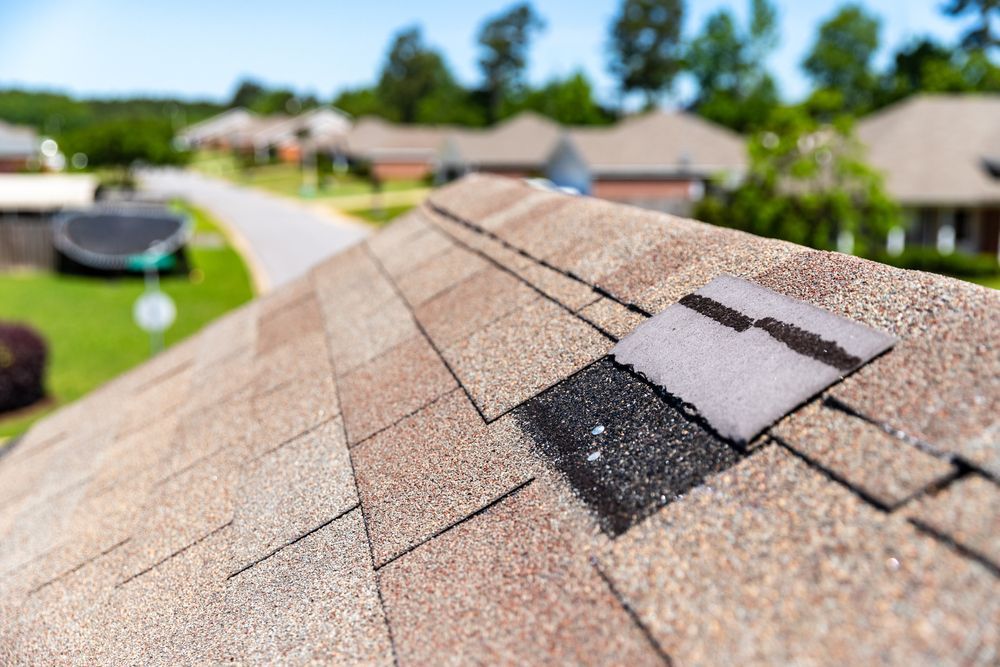Roof Repair vs. Replacement: Which Is More Cost Effective?
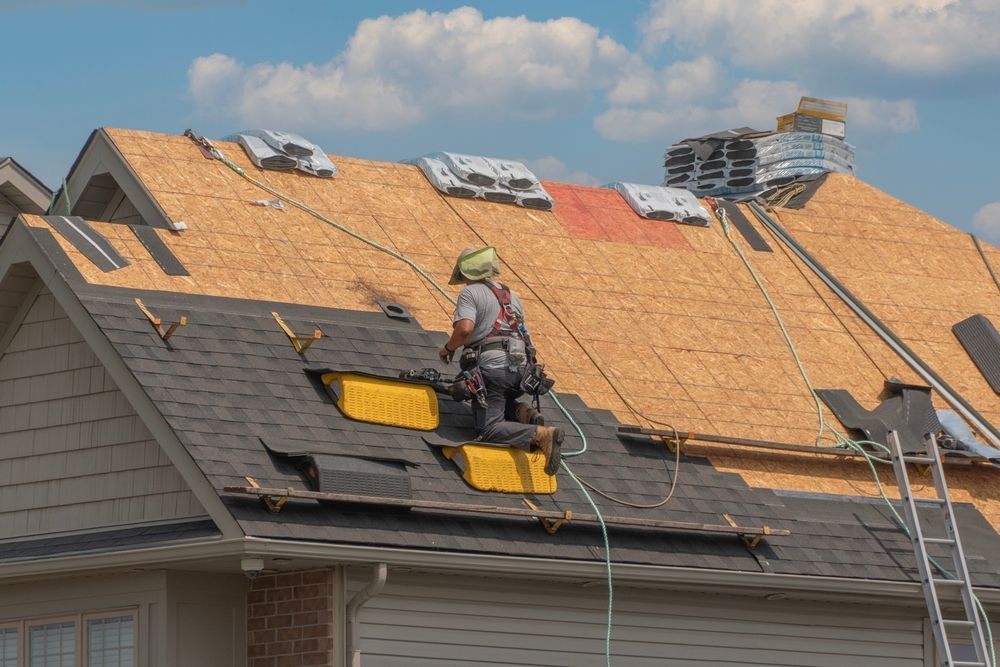
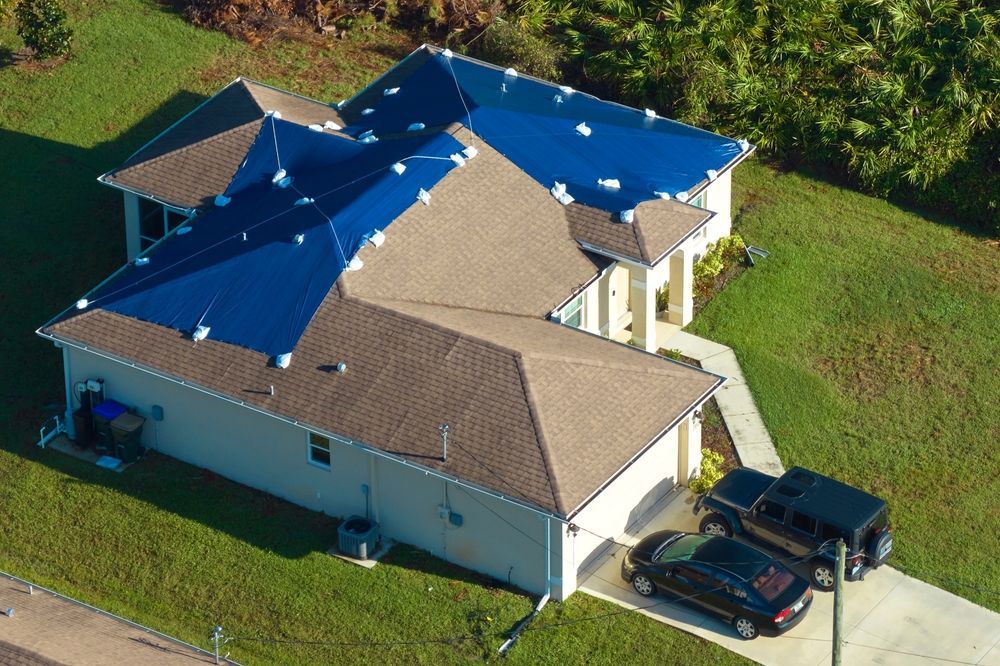
As a homeowner, one of the toughest decisions you might face is whether to repair or replace your roof. Both options have their pros and cons, and knowing which choice is more cost-effective depends on the condition of your roof, the extent of the damage, and your budget. We’ll break down everything you need to know about roof repairs vs. roof replacements, from benefits, and costs, and help you determine what’s best for your home.
1. When Should You Opt for Roof Repair?
Roof repair is often the more affordable and faster option, but it isn’t always the best solution for long-term roofing health. Here’s when roof repair makes sense:
- Minor damage: If the problem is limited to a few missing or damaged shingles, or if there’s a small leak, repairs can usually fix the issue.
- Roof is relatively new: If your roof is less than 10-15 years old and still under warranty, roof repair services can restore it to good condition without the need for a full replacement.
- Isolated issues: Problems like flashing damage or cracked tiles that only affect a small area of the roof are often cost-effective to repair.
For quick fixes, finding roof repair contractors near you is a great way to save money and extend the life of your roof without committing to a full replacement.
2. When Is It Time for a Roof Replacement?
In some cases, roof replacement is the smarter financial move in the long run. Here are a few signs that it's better to replace than repair:
- Widespread damage: If large areas of your roof are damaged, or if leaks are recurring despite repairs, it might be time for a replacement.
- Old roof: Most roofs last between 20 and 30 years. If yours is approaching the end of its lifespan, it’s more cost-effective to invest in a replacement rather than keep repairing an aging roof.
- Extensive water damage: If water has seeped into the roof deck or insulation, causing mold or structural issues, repairs won’t be enough to fully address the problem. A replacement will ensure your home is protected.
If you're unsure whether to opt for roof repair vs. replacement, it's a good idea to schedule an inspection with a professional roofing company like Big Bear Roofing to get a full assessment.
3. Cost Comparison: Roof Repair vs. Roof Replacement
The cost of roof repair versus replacement can vary depending on several factors, such as the size of the roof, the materials used, and the extent of the damage.
- Roof repair costs generally range from $150 to $1,500, depending on the scope of the work. Minor repairs like fixing a few shingles or small leaks are on the lower end, while more extensive repairs, like replacing flashing or repairing a section of the roof, can be more expensive.
- Roof replacement costs, on the other hand, typically start around $5,000 and can go up to $15,000 or more, depending on the size of your roof, the materials used, and the complexity of the job.
While the upfront cost of a replacement is higher, it can be more cost-effective over time if repairs are becoming frequent and expensive. To get an accurate estimate for your home, it’s essential to work with a trusted roofing company in St. Louis like Big Bear Roofing.
4. Is It Better to Repair or Replace?
Deciding whether it’s better to repair or replace your roof depends on several factors:
- Age of your roof: If your roof is relatively new and in good condition, repairs can prolong its lifespan. But if it’s approaching 20-30 years old, a replacement may be the more economical choice.
- Extent of damage: Small, localized issues are usually more affordable to repair, but widespread damage, such as leaks in multiple areas or structural issues, might require a full replacement.
- Future plans for your home: If you’re planning to sell your home in the near future, a new roof can boost your property value. On the other hand, if you’re staying put for a few more years, repairs might be sufficient until it’s time for a replacement.
Consulting with a professional roofer can help you weigh the pros and cons of roof repair vs. roof replacement to make the best decision for your home.
5. Why Choose Big Bear Roofing for Roof Repair or Replacement?
Whether you need a quick repair or a complete replacement, Big Bear Roofing is the go-to roofing company for homeowners in St. Louis. Here’s why you should choose us:
- Expertise: Our team of skilled professionals specializes in both roof repair services and full roof replacements, ensuring you get the best possible solution for your needs.
- Transparency: We provide honest, upfront pricing for both roof repair costs and roof replacement costs, so you know exactly what to expect.
- Quality materials: Whether it’s a repair or replacement, we use top-quality materials that guarantee long-lasting results.
- Customer service: From start to finish, we prioritize open communication and excellent service, making sure you’re informed and confident in every step of the process.
Which Option Is Right for You?
When it comes to choosing between roof repair vs. roof replacement, there’s no one-size-fits-all answer. Your decision should be based on the age of your roof, the extent of the damage, and your long-term plans for your home. If you’re unsure, contact Big Bear Roofing in St. Louis for a thorough inspection and expert advice. Whether you need a quick repair or a full replacement, we’ve got you covered.
Call us today at (314) 742-3714
You might also like
Spring Storms and Roof Damage: Signs You Need an Inspection
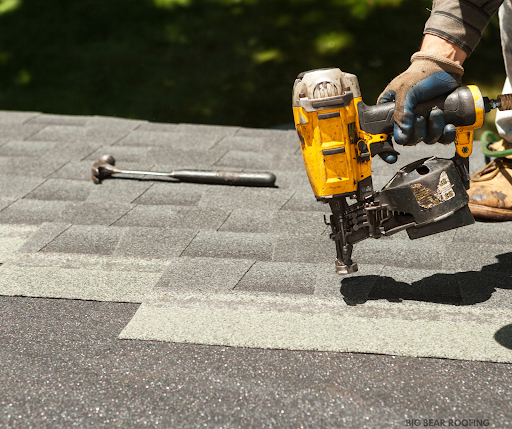
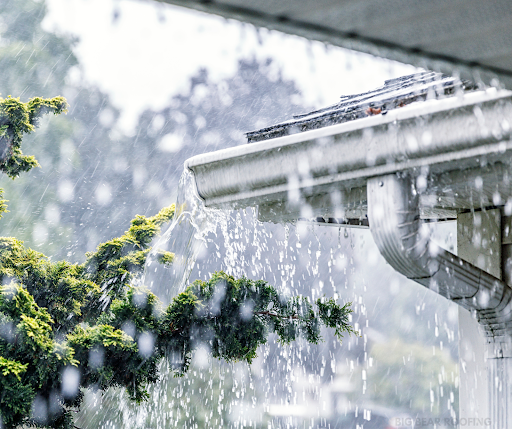
Book a Service Today
We will get back to you as soon as possible
Please try again later
GET A FREE QUOTE
Footer Free Quote Form Fill
We will get back to you as soon as possible
Please try again later
Navigation
All Rights Reserved | Big Bear Roofing | Privacy

